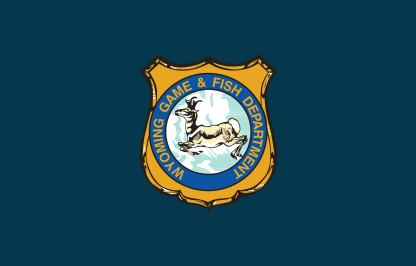Join Game and Fish personnel at the 6th annual Johnson County Weed Pull Day on June 13 in Buffalo.
Efforts from that day’s event, in addition to volunteer work throughout the summer, results in the removal of thousands of pounds of weeds from the landscape. In addition, hundreds of thousands of weed seeds are prevented from establishing.
The weed bounty program, led by Johnson County Weed and Pest, pays volunteer participants $1.00 per pound for spotted knapweed, houndstongue and mullein and will pay $1.25 for oxeye daisy and orange hawkweed. A $50 reward is offered for reports of new locations ventenata or medusahead.
“Invasive plants threaten native rangeland diversity and can have significant impacts on forage availability for wildlife and livestock,” said Sheridan Region Terrestrial Habitat Biologist Todd Caltrider. “In some cases, native forage production can be reduced by 50 to 70 percent when noxious weeds become established.”
Last year, weed bounty program participants collected almost 10,000 pounds of noxious weeds and received more than $5,000 in payments and awards.
Sheridan and Johnson county weed and pest offices have information about and photos of invasive plants on their websites to aid in identification.
Hunters, anglers and other recreationists have a big part to play in reducing the spread of noxious weeds. By cleaning all potential carriers of mud and plant material every time you come in from the field, you can help limit the spread of these invasive plants from one location to another. This includes clothes, footwear, truck tires and undercarriage, recreational vehicles and dog paws and fur.
At many public access areas, including Game and Fish Wildlife Habitat Management Areas, local Weed and Pest agencies have provided cleaning stations for brushing off footwear. Anyone recreating on a WHMA is encouraged to use these stations before entering and after leaving the area.
Most of the WHMAs in the Sheridan Region were purchased for and are managed for big game winter range. Protecting native plant diversity is a priority and Game and Fish partners with local Weed and Pest agencies to control invasive plants on these properties. Ventenata has been identified in recent years on the Kerns and Amsden Creek WHMAs, and cheatgrass, houndstongue and mullein have been found on the Bud Love WHMA in Johnson County. Monitoring and control efforts on these properties is ongoing.



